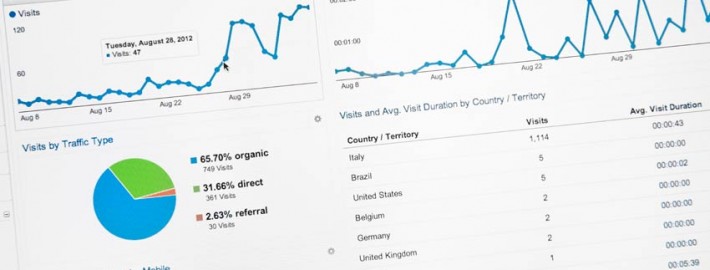Manual Penalty Recovery – Case Study
A few weeks ago I was approached by a friend with a problem. His small business, Signs for San Diego, had been hit by a Google Manual Penalty or a Manual Action for unnatural inbound links. My friend, Frank, had no idea how this had happened and had already tried to get help from a couple of other sources by the time he and I spoke, and he was really at his wits’ end. We agreed to help him resolve the issue. Here’s what we did:
Step 1: Find the links
The first step in manual penalty recovery is tracking down your bad links. The problem Frank faced was that he didn’t even know what the supposed spam links were! He’s a pretty technologically knowledgeable guy so he’d looked in Webmaster Tools, but he couldn’t find any suspicious links. Thinking it might have been the links from the Oceanside Chamber of Commerce, he disavowed those links.
I didn’t think the Chamber links would be a problem to Google, and thought there must be something else up. We fired up our inbound link research tools we use for our SEO clients, and were shocked to see hundreds of links which hadn’t shown up on Webmaster Tools at all.
Step 2: Decide which links are bad and which are good
We copied the links into a Google Docs spreadsheet and began cataloging which links were good, and which were suspicious. We literally visited each one! Some were questionable, some were definitely legit, and some were obviously spam.
We color-coded the links based on our suspicion of them, and included a column to take notes of our actions and what we did.
It’s important to create your spreadsheet in Google Docs and share it to ‘anyone with link’ – the reason for this will be clear later.
Step 3: Track down bad link owners
Using the contact forms or any email addresses on the suspicious link pages, we sent emails and contacts to the site owners. The text was pretty straightforward – “Hi, we noticed you have a link to [URL] with anchor text [anchor text]. Please remove this link. Thank you.”
One of the site owners actually contacted us very apologetically – his domain was simply parked somewhere and he didn’t realize this domain was being used for this purpose. He provided some details that we used to track down some other links.
In fact, they all seemed to be being produced by one company – a text link spinning company. We called them and asked to be removed from their index.
Step 4: Get the links removed!
The company removed the links almost immediately.
Step 5: If any links are left over, use the disavow tool
In this case, there were almost no other links once we had removed the ones created by the link-spinning company. So it was a pretty simple task to disavow the one or two that we couldn’t get to.
Step 6: Notify Google
We submitted a very apologetic, sincere reconsideration request to Google through Webmaster tools. We included a link to a Google Doc (shared publicly) containing a journal of our efforts, as well as the link to the spreadsheet. It’s important to use Google Docs for this so that the person reviewing your case can actually view the file.
Step 7: Wait and see
After about a week, we were notified that the manual penalty recovery was complete – our manual action had been revoked!
I hope this helps you if you’re looking for manual penalty recovery tips. If you need web development help or SEO Services, feel free to contact us!



